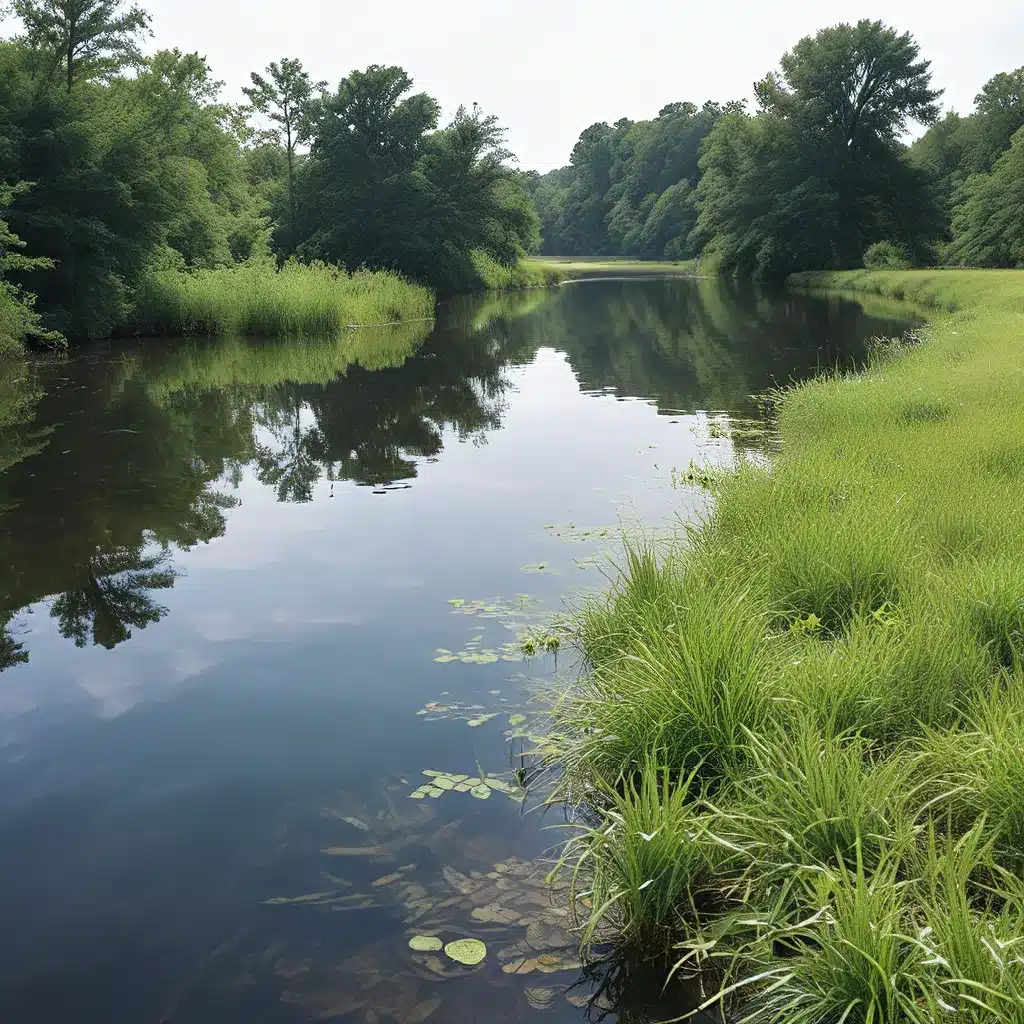
Maintaining a thriving aquarium ecosystem is a delicate balance of science and art. As aquarium enthusiasts, we are responsible for recreating the natural conditions required to support the diverse array of aquatic life under our care. At the heart of this endeavor lies the critical importance of water quality management.
Understanding the Aquarium Ecosystem
An aquarium is a microcosm of the natural world, with each component playing a vital role in the overall health and stability of the system. From the living plants and inhabitants to the chemical composition of the water, every element must be carefully considered and monitored to ensure the well-being of your aquatic life.
King Aquarium emphasizes the importance of recognizing the delicate balance within the aquarium ecosystem. Just as in nature, aquatic organisms rely on a carefully calibrated environment to thrive. By understanding the intricate interplay between water parameters, filtration, and nutrient cycling, we can create an optimal habitat for our aquatic companions.
The Pillars of Water Quality Management
Effective water quality management in the aquarium revolves around three primary pillars: pH, temperature, and dissolved oxygen. These parameters are the foundation upon which a healthy aquarium is built, and maintaining their optimal levels is crucial for the well-being of your fish, plants, and invertebrates.
pH: The pH scale, ranging from 0 to 14, measures the acidity or alkalinity of the water. Aquatic organisms have specific pH preferences, and maintaining the appropriate range is essential for their survival and growth. Monitoring and adjusting the pH as needed is a critical aspect of water quality management.
Temperature: Different aquatic species thrive in varying temperature ranges, and maintaining the correct temperature is vital for their metabolic processes, feeding behaviors, and overall health. Proper temperature control ensures that your aquarium inhabitants can function at their best.
Dissolved Oxygen: Aquatic life, from fish to invertebrates, requires dissolved oxygen in the water to breathe and survive. Ensuring adequate aeration and circulation within the aquarium is crucial for maintaining sufficient dissolved oxygen levels.
By carefully monitoring and managing these three pillars of water quality, you can create a stable and thriving aquarium environment that supports the diverse array of aquatic life under your care.
Nutrient Cycling and Filtration
Alongside the primary water quality parameters, understanding and managing the nutrient cycle within your aquarium is essential for maintaining a healthy ecosystem. The nitrogen cycle, a crucial process in aquarium systems, involves the conversion of waste products, such as ammonia and nitrites, into less toxic nitrates.
Effective filtration plays a pivotal role in the nutrient cycling process. Mechanical, chemical, and biological filtration work in tandem to remove waste, toxins, and excess nutrients from the water, ensuring a clean and balanced environment for your aquatic inhabitants.
Aquarium enthusiasts must carefully select and maintain their filtration systems to optimize water quality and support the natural nutrient cycle. By understanding the role of each filtration component and how they work together, you can create a well-balanced system that effectively removes waste and replenishes the water with essential nutrients.
Aquascaping Techniques for Water Quality
Beyond the technical aspects of water management, the art of aquascaping can also play a significant role in maintaining optimal water quality. Thoughtful plant selection, arrangement, and integration within the aquarium can contribute to a thriving ecosystem.
Aquatic plants not only add visual appeal to the aquarium but also serve as natural filters, absorbing excess nutrients and providing vital oxygen to the system. Strategically placed plants can help balance the nitrogen cycle, promote a healthy bacterial colony, and create a more stable environment for your aquatic inhabitants.
Careful consideration of aquascaping techniques, such as the use of substrate, decorations, and water flow patterns, can also contribute to improved water quality. By designing an aquarium that mimics natural habitats, you can create a self-sustaining ecosystem that requires less maintenance and provides a healthier environment for your aquatic life.
Advanced Water Quality Management Strategies
As your aquarium knowledge and experience grow, you may explore more advanced water quality management strategies to enhance the health and vibrancy of your aquatic ecosystem.
Monitoring and Testing: Regular water testing and the use of advanced monitoring equipment can provide valuable insights into the ever-changing dynamics of your aquarium. By closely tracking water parameters, you can quickly identify and address any imbalances or issues before they become problematic.
Targeted Supplementation: In some cases, the addition of specific supplements or water conditioners may be necessary to maintain optimal water quality. These could include pH adjusters, mineral additives, or beneficial bacteria to support the nitrogen cycle and overall ecosystem health.
Water Change Optimization: Performing routine partial water changes is a fundamental aspect of aquarium maintenance, but the frequency and volume of these changes can be fine-tuned to match the unique needs of your aquarium system.
Biological Filtration Enhancement: Exploring advanced biological filtration techniques, such as the integration of live rock, refugiums, or protein skimmers, can further improve water quality by enhancing the natural processes that break down waste and maintain a balanced ecosystem.
By embracing these advanced water quality management strategies, you can take your aquarium to new heights, creating a vibrant and thriving underwater oasis that reflects your dedication and expertise as an aquarist.
Putting It All Together: The Holistic Approach
Effective water quality management in the aquarium requires a holistic approach that considers the intricate interconnections between water parameters, filtration, nutrient cycling, and aquascaping. By understanding the science behind these elements and applying practical techniques, you can cultivate a healthy and sustainable aquarium environment that supports the diverse array of aquatic life under your care.
Remember, patience, attention to detail, and a commitment to continuous learning are key to mastering the art of water quality management. As you navigate your aquarium journey, embrace the challenges, seek out expert guidance, and revel in the joy of witnessing your underwater ecosystem thrive.

